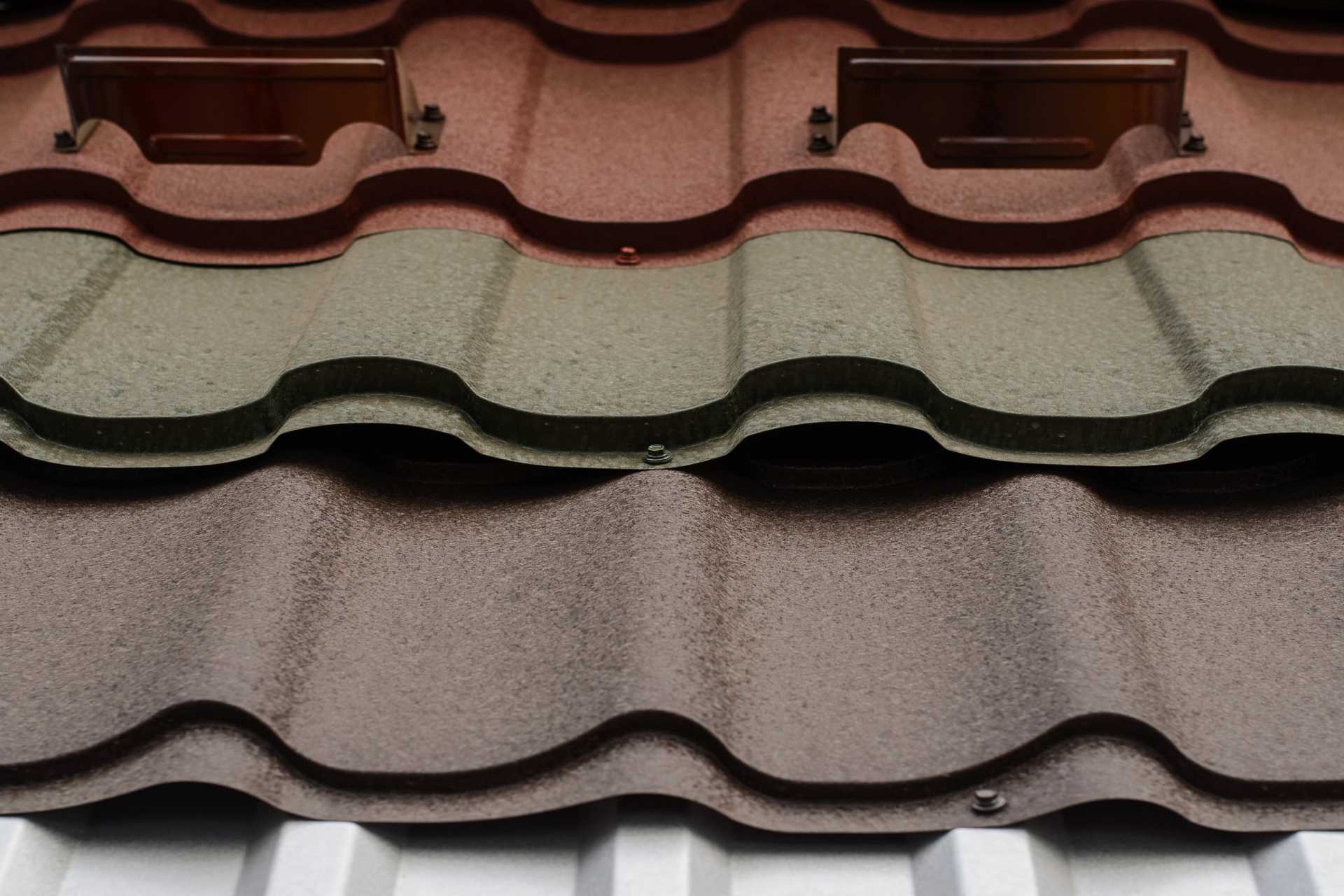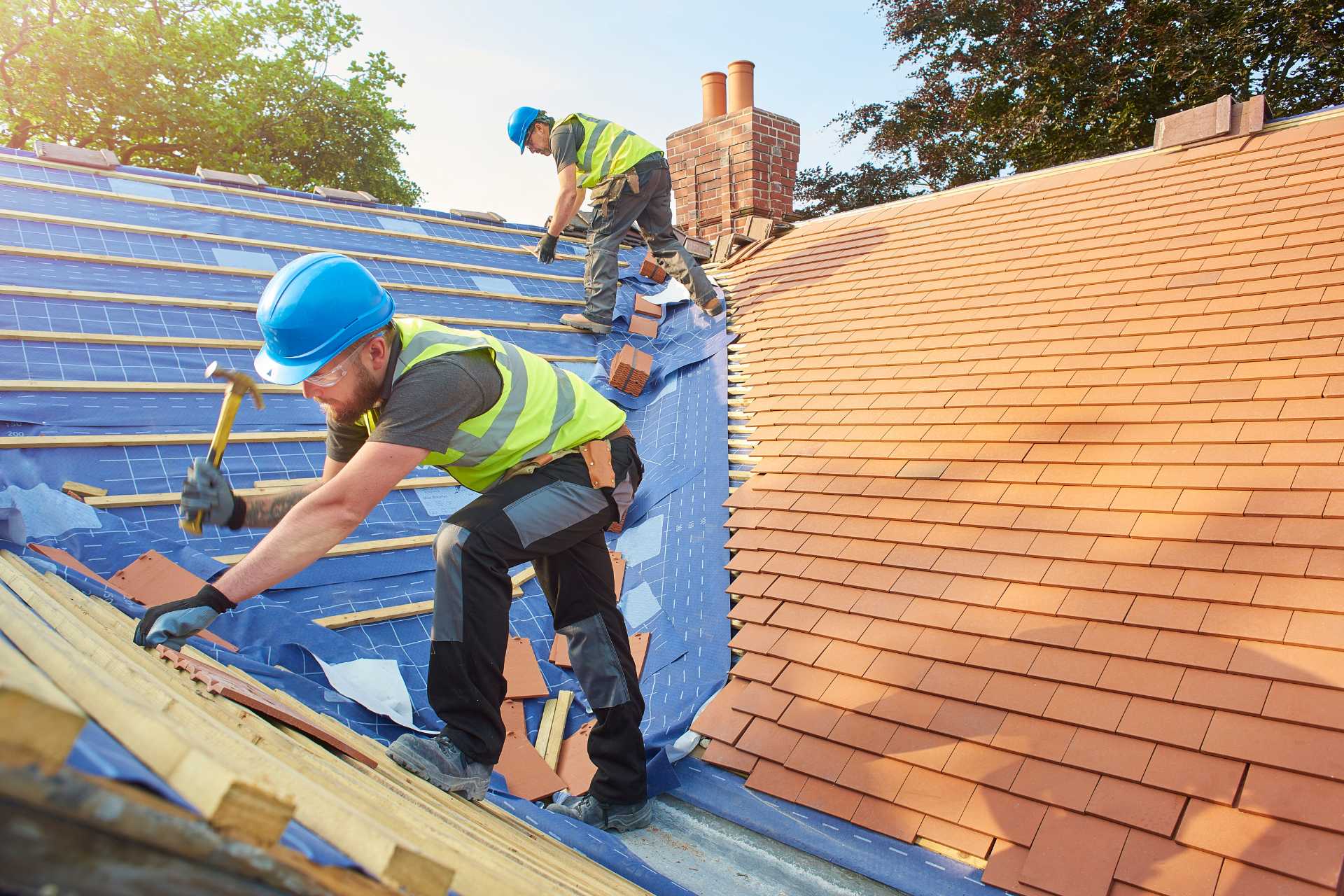The best time to change your roof depends on several factors including the age and condition of your current roof, the climate of your area, and your budget. Here are some considerations:
Age of the Roof: Most roofs are designed to last between 20 to 30 years, depending on the material. If your roof is approaching or has surpassed this age range, it might be time to consider a replacement.
Delaying roof replacement can pose several risks, potentially leading to costly damage and safety hazards. Here are some of the risks associated with not replacing your roof in a timely manner:
Leaks and Water Damage: An aging or damaged roof is more prone to leaks, especially during periods of heavy rain or snow. Water infiltration can cause damage to the roof structure, insulation, ceilings, walls, and even electrical systems. Over time, untreated water damage can lead to mold growth, rotting wood, and compromised structural integrity.
Decreased Energy Efficiency: Older or damaged roofs may have inadequate insulation or ventilation, leading to energy loss. This inefficiency can result in higher heating and cooling costs as your HVAC system works harder to maintain comfortable indoor temperatures.
Compromised Structural Integrity: A deteriorating roof can compromise the overall structural integrity of your home. Over time, water damage and structural weakness may lead to sagging rooflines, bowed walls, or even roof collapse in extreme cases.
Reduced Property Value: A worn-out or damaged roof can detract from the curb appeal and overall value of your property. Potential buyers may be deterred by the need for immediate roof replacement, leading to longer market times and decreased selling prices.
Health and Safety Risks: Mold growth resulting from water infiltration can pose health risks to occupants, especially those with respiratory issues or allergies. Additionally, loose or damaged roofing materials may pose a safety hazard to residents and visitors, increasing the risk of accidents or injuries.
Voided Insurance Coverage: Insurance policies typically require homeowners to maintain their property in good condition. Neglecting necessary roof maintenance or delaying replacement could result in the denial of insurance claims for damage caused by a failing roof.
Increased Repair Costs: Ignoring roof issues can lead to more extensive damage over time, resulting in higher repair costs. Addressing minor problems promptly through regular maintenance or timely roof replacement can help prevent more significant issues and expenses down the line.
Visible Signs of Damage: Inspect your roof regularly for signs of damage such as missing or cracked shingles, sagging areas, leaks, or water stains on the ceiling. If you notice any of these issues, it’s advisable to replace your roof promptly to prevent further damage to your home.
Budget and Planning: Roof replacement is a significant investment, so it’s essential to plan and budget accordingly. Consider factors such as the cost of materials, labor, and any additional repairs or upgrades you may need.
Contractor Availability: Roofing contractors may be busier during certain times of the year, such as late spring and early summer when the weather is favorable for outdoor work. It’s advisable to schedule your roof replacement well in advance to ensure you can secure a reputable contractor and avoid delays.
Seasonality
The ideal season for replacing a roof typically depends on the climate and weather patterns in your region. Here’s a breakdown of the pros and cons of each season for roof replacement:
Spring:
- Pros: Spring is often considered one of the best times for roof replacement because the weather is generally mild with lower chances of extreme heat, heavy rain, or snow.
- Cons: Spring can also bring unpredictable weather patterns, including occasional rain showers, which may delay the roofing project.
Summer:
- Pros: Summer usually offers warm and dry weather, providing optimal conditions for roof installation.
- Cons: High temperatures can make the work more challenging for roofers, and scheduling may be more difficult due to increased demand during this season.
Fall:
- Pros: Fall is another popular season for roof replacement, as the weather is generally stable and mild. Cooler temperatures make it more comfortable for roofers to work, and there’s less risk of heat-related issues.
- Cons: In some regions, fall can bring increased rainfall or early snowfall, which could potentially delay the project.
Winter:
- Pros: In mild climates or regions with relatively stable winter weather, roof replacement can still be feasible during the winter months. Roofers may have more availability, and you might be able to negotiate lower prices.
- Cons: Cold temperatures, snow, and ice can make roof replacement challenging and may compromise the quality of the installation. Additionally, roofing materials may not adhere properly in cold weather, leading to potential issues.




